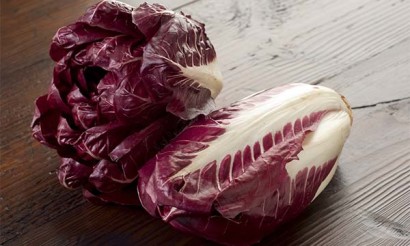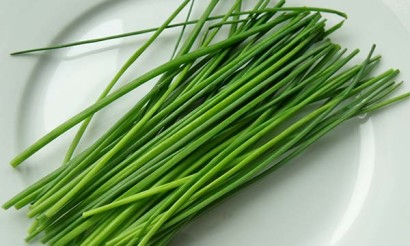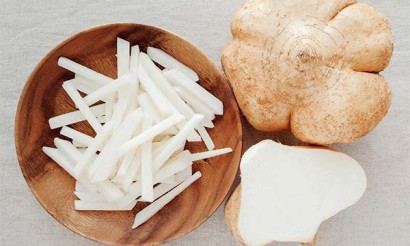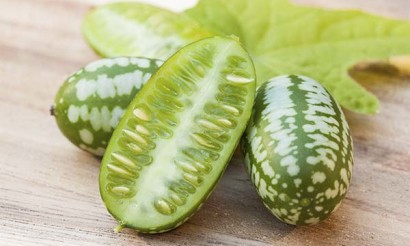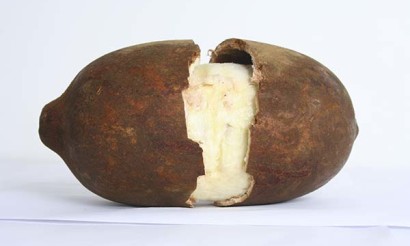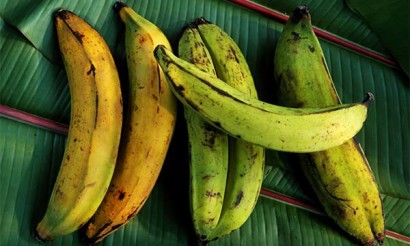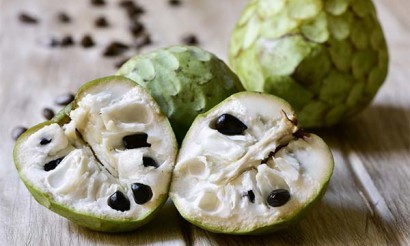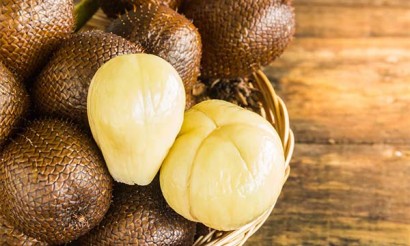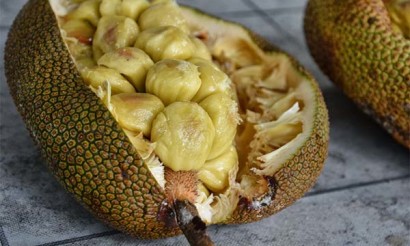Canistel: what is this fruit and why is it useful?
All people perceive the exotic fruit canistel in different ways: as a dessert or as a dish for a full meal. Some people consider it suitable for pancakes and muffins, others perceive it as a garnish to meat.
- What is this fruit.
- What it looks like
- Where it grows
- What is the usefulness of canisteel
- What harm it can do
- How to Eat the Canisteel Fruit
- What can be made with the cannisteel
- Refreshing drink
- Ice cream with cannistel
- Custard
- Exotic salad
- Marmalade
- Salad
- Baked Canisteel
- Traditional medicinal uses
- For diabetes
- From anemia
- For stomach ulcers
- From fever
- Cosmetic use
- For skin problems
- For pustules
- How to Grow
- Interesting Facts about the Fruit
What is the Fruit
Canistel is a fruit that grows in the tropics and subtropics. It is low in calories and low in fat. You can buy it only in the ripening season and it is quite inexpensive. The ripe fruit tastes better than the one that ripens during the ripening process. After eating the fruit there is a floury aftertaste in the mouth.
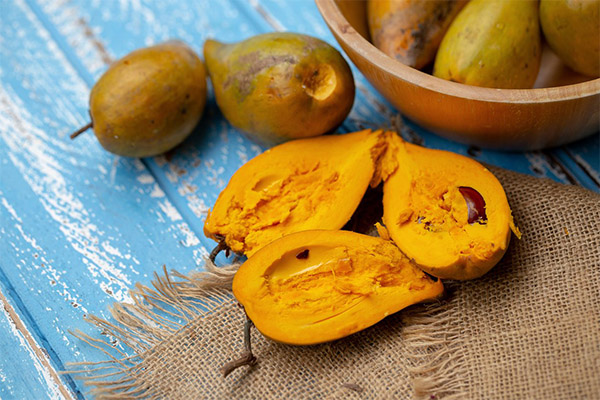
What it looks like
For the tropics, where the canisteel is native to, this evergreen tree is considered a small tree - it grows up to 8 meters. Its bark is brown and quite sticky because it contains latex. The leaves are shiny, smooth, as if lacquered, they can be up to 28 cm long and more than 7 cm wide.
The fruit of the tree comes in a variety of shapes, from regular round or rounded with a beak bent to the side, to oval or spindle-shaped. The color of the unripe fruit is green, hard and sticky inside, while the mature fruit is yellow or orange both outside and inside. Because of its color, the canisteel is called the egg fruit. It can reach 12-12.5 cm in length and almost 7.5 cm in width. In the middle of the pulp are quite large seeds, their number can vary from 1 to 6.
The flesh of the ripened fruit both in appearance and structure resembles a hard-boiled egg, which is why the plant is called "egg fruit".
The ripe fruits spoil so quickly that it is impossible to transport them by automobile or airplane, so you will not find this exotic guest in Russian supermarkets.
Where does it grow
Canisteel can be found in places where the plant grows or cultivates naturally, such as Southern Mexico, Nicaragua, Costa Rica, El Salvador, Belize, Guatemala, Puerto Rico, South Florida, Panama, and the islands of Jamaica, Cuba, and the Bahamas. Canistel is becoming increasingly widespread in the Philippines, Venezuela, Colombia, Seychelles and Hawaii.
The culture prefers poor rather than fertile soils. On soils with a sufficiently high content of humus, it will grow, but a rich harvest from such trees will not wait.
What is the usefulness of canisteel
Canistel is, first of all, fiber, which perfectly cleanses the intestines and normalizes their work: eliminates constipation, improves peristalsis, gets rid of flatulence, removes toxins.
- Among the vitamins the fruit contains such as B1 and B2, C, PP, A, carotene, their number is not very high, except for ascorbic acid (vitamin C), which regulates the redox processes in the body, increases immunity, improves the absorption of iron.
- But the composition of trace elements it is a real treasure trove. First of all, it is rich in potassium, which regulates the heart and blood vessels. When it is not enough in the human body, all metabolic processes are disrupted, there are ulcers that affect not only the skin, but also the deeper layers of tissues, increasing their bleeding, and there are edema.
- Magnesium in the composition of the fruit can get rid of dizziness, muscle cramps, nervous tics, it also reduces tachycardia.
- Calcium is known to be involved in the construction of the bones of the skeleton. Therefore, thanks to this component of Canisteel, it is possible to strengthen the bone system and prevent osteoporosis, prevent tooth decay, improve the condition of hair and nails.
- Another ingredient of the fruit is phosphorus, which actively participates in protein metabolism and enzyme synthesis and is extremely necessary for children, because their mental and physical development is hampered by its deficiency.
- In addition, the fruit has a complex of amino acids - lysine, tryptophan methionine. They are involved in a number of vital processes - from metabolism to support immunity and the formation of muscle mass.
What harm can come from
Canistella pulp is very balanced and generally cannot cause harm to the body - even if a person has any chronic digestive diseases. Unless, of course, you overdo it and overeat too much of the fruit.
It is not advisable to eat cannabis if you have an individual intolerance to the fruit as a whole or to its individual ingredients. The fruit is also not recommended for patients suffering from diabetes and various pancreatic disorders, as well as for children under five years of age - for their digestive system it will be a heavy burden.
If a person is not used to eating this exotic fruit, overeating can cause vomiting, stomach pain and "under the spoon".
How to eat the cannistel fruit correctly
Always choose the ripe canisteel, because the unripe fruit is sticky and unpalatable. The ripe fruit is soft and sunny yellow in color. Its skin is thin but inedible, it is not difficult to break the fruit into pieces. You can cut it in half with a knife.
You can simply eat the flesh or take it out with a spoon. Asians salt or pepper the flesh, dip it in sauces, and mix it with lemon or lime juice. Indigenous people in the Philippines water canisteel with the sweet and sour juice of a hybrid of tangerine and lime called calamansi.
What you can make with cannistel
From the pulp of the canisteel prepare jam, marmalade, add the fruit to the dough for pancakes, muffins. Rubbed into ice cream and used to make cocktails.

In the countries where this exotic fruit comes from, it is eaten both with salt and mayonnaise, and with the addition of lime juice, it serves as the basis for soups or salads.
For culinary purposes you can use absolutely ripe fruits, their peel should have an orange or yellow color.
A refreshing drink.
Mix in a blender half the chopped canistelles, 0.5 cup milk, a teaspoon of sugar and a dash of cinnamon. Add the ice cubes.
Ice Cream with Canistel.
With a single creamer with a scoop of ice cream or creamy ice cream, canistel both looks beautiful and tastes interesting. It is best to choose an ice cream that is not very sweet. Cut the flesh of the fruit into small cubes - as for a salad, pour the juice of the lemon so that the mixture can stand. After 30-40 minutes, fill the ice cream with the cannistel juice and add a pinch of vanilla.
Custard
Cut the flesh of half of the cannistel into small cubes and drizzle with lime juice. Beat 2 eggs with 30g powdered sugar and add 2 tablespoons of cornflour. Heat 1.5 cups of cream (10% fat), but do not boil. Put the container with cream on a water bath and add the beaten eggs little by little - one spoonful at a time, while constantly stirring vigorously. Boil the cream until it thickens, the liquid should be a quarter of the way down.
Butter the silicone muffin tins, place the chopped cannistelles in them, and top with the cooked cream. Put the forms for 15 minutes in an oven heated to 160-180 degrees. After a quarter of an hour, take the dessert out of the oven and sprinkle with nuts. Instead of the oven, you can put the forms for 5 minutes in the microwave, set to 800W.
Exotic Salad
Dice 1 kg of cannistel flesh, a dozen cherry tomatoes in quarters. Add diced bell peppers or oranges of your choice. Mix the vegetables in a bowl.
In a separate bowl, combine a cup of olive oil, half a cup each of orange and lime juice and 3 tablespoons of maple syrup. Dress the sliced vegetables with the resulting sauce.
Marmalade
Take four very ripe cannistels, peel them, remove the seeds and dice them and put into a large saucepan, pour a glass of sugar into them and add water in the same amount. Place on fire and cook until the pieces of pulp almost completely fall apart and marmalade almost thickens. Pour the juice of lime or lemon to taste into the ready mass, spread it in silicone forms, cool until warm, then put in the fridge.
Salad
Canistelles go well with persimmons, and these two fruits can be used to make refreshingly interesting salads. For example, peel one fruit, dice it, persimmons, boiled chicken or turkey fillet, avocado pulp. Add red onion, chopped in half rings. Mix all the ingredients and place on a dish with fan-folded lettuce or spinach leaves. Mix soy sauce with salt and pepper and season with dressing in a separate bowl. Pour the dressing over the salad.
Baked cannistel
Slice the fruit, drizzle with lemon juice and grill. The floury aftertaste will disappear, and the cooked canisteel will go well as a garnish to a hot meat or meat salad.
Traditional medicinal uses
For diabetes mellitus
Since kanistel contains a significant amount of niacin (vitamin B3), which contributes to better absorption of blood sugar-lowering drugs, it can be used in the complex treatment of diabetes.
To do this, grind the pulp of the fruit in a blender, add the juice of the lemon and take at least three times a day - at least 2 tablespoons at a time.
For anemia
Pour boiling water (2 cups) chopped raw or dried fruit canister and send to a water bath for 25-30 minutes. After cooling, drink the resulting decoction during the day, divided into 3 portions. This remedy helps improve hematopoiesis, gets rid of headaches and chronic fatigue associated with anemia.
For stomach ulcers.
Asians get rid of stomach ulcers or erosive gastritis with this remedy. Grind the pulp of the plant together with the seeds either in a food processor or with a blender. The resulting mush eat a tablespoon three times a day after meals.
For fever
Take a tablespoon of crushed canisteel tree bark. Pour it with 300 ml of water and boil for 10-15 minutes. Cool, strain, drink 120-150 ml, if the temperature rose. This tool is actively used in Mexico. In addition to its antipyretic effect, the decoction increases the immunity of the patient with acute respiratory infections.
Cosmetic applications
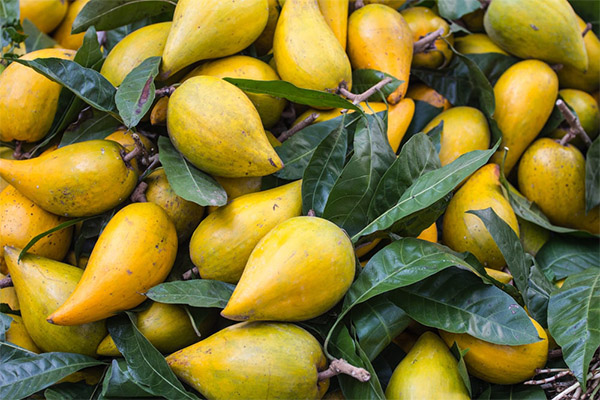
For skin problems
Make a soup spoonful of Canisteel bark and boil it for a quarter of an hour in 300 ml of water. Cool, strain and lotions for redness and irritation of the skin. This remedy is used in Cuba.
From pustules
Using a blender, crush the pulp of the fruit, squeeze the juice with gauze folded in several layers. Treat pus-inflammatory processes - such as long-healing boils, abscesses, trophic ulcers and various dermatological diseases - with the juice.
How to grow
Canistergrass is difficult to grow at home, but true floriculture fans can do it. The main thing is that the planting material should be good. Since seeds lose viability very quickly, plant them literally within the next few days after the fruit is eaten.

The seeds usually germinate in 2 weeks. But if no sprouts appeared during this time, you should not despair - there can be a delay. Sometimes it can take almost 5 months until the moment of sprouting. But such slowness canistel compensates for such slowness with fast and friendly growth of seedlings. They enter the phase of fruiting in the third-sixth year.
In the southern regions of Russia, the tree can grow even in the open ground, it is not afraid of small frosts and well tolerates wind and drought.
At home, the plant will need a large pot (at least 20 liters), or better yet, a tub. It needs sandy or dry soil, limestone will also do. Botanists have established a pattern - the poorer the soil, the higher the yield of the tree. So additional fertilizers are not required for it. The main thing is to keep it warm. In the summer, in hot weather, it can be taken out on a balcony or open terrace. In winter, protect it from dry air, for which either spray the leaves with water every day, or put a humidifier nearby.
Interesting facts about the fruit
- Canistel spoils quite quickly and already a week after harvesting can be unfit for consumption. Therefore, if there is a desire to use the fruit after cooking, it makes sense to buy its pulp in slices, so it is easier to see its quality.
- When you cut the kanistel, you don't get a sweet, fresh smell, as fruit usually does, but a distinct aroma of fried meat patties or belyash. By the way, in terms of nutrition it is not inferior to belyash. Some people think the fruit of this plant smells like a school cafeteria.
- Inhabitants of the countries where canisteel grow consider it not a fruit but a vegetable, so they like to stew it and bake it, seasoning it generously with various spices.
- Not only canisteel is cultivated for its use as a food. Its wood is especially valuable because it is strong and does not rot. Locals use it as piles and make rafters and furniture from it. And since the core of the trunk is also highly decorative, it is used for souvenirs and as a finishing material.
«Important: All information on this site is provided for informational purposes only purposes only. Before applying any recommendations, consult a health care professional. specialist. Neither the editors nor the authors shall be liable for any possible harm caused by materials."


